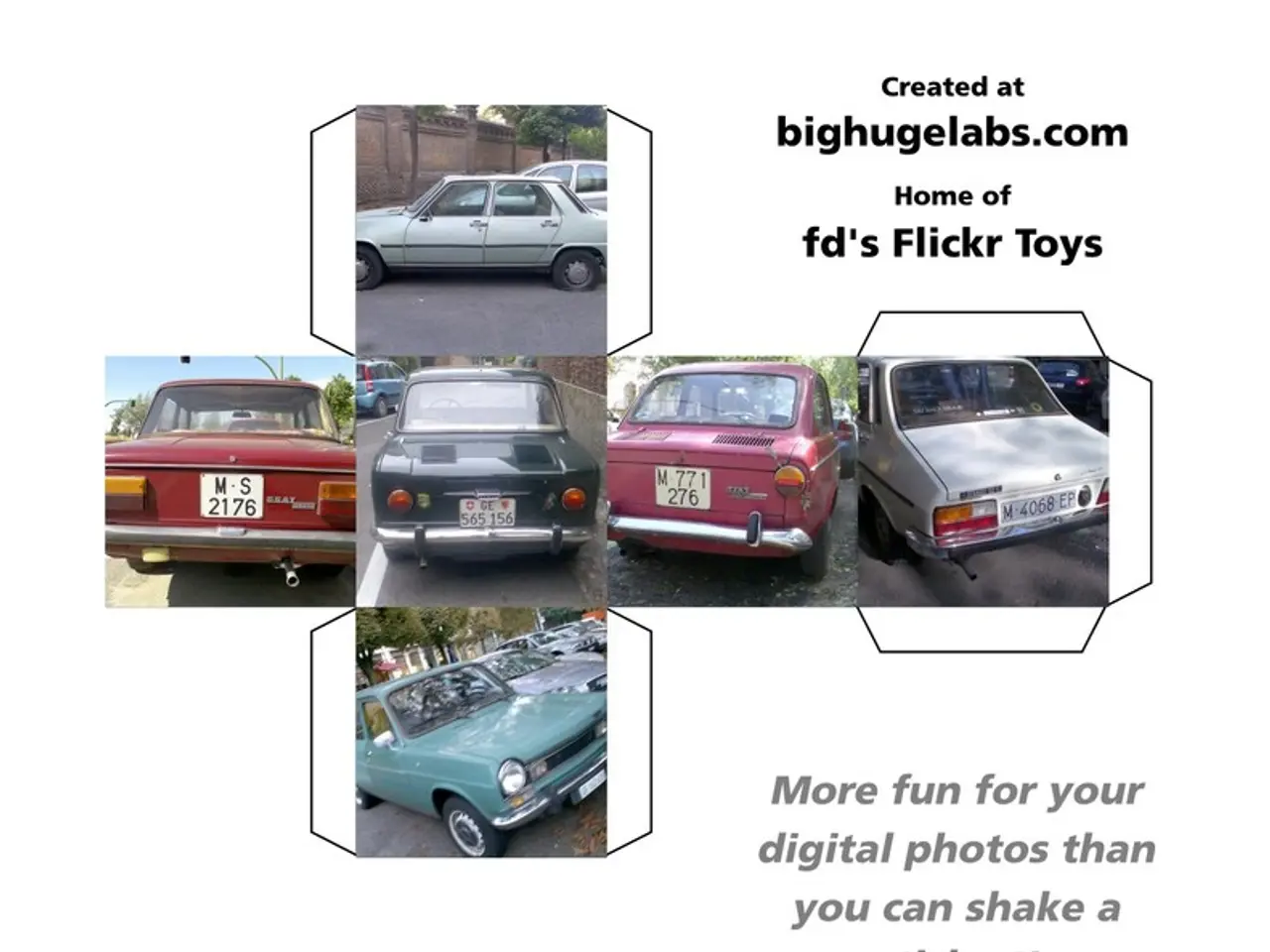Leading Car Brands: Mercedes-Benz, Audi, Tesla, GMC, Ram, and Dodge Headline the Ideal Car Web Platforms
A new report from J.D. Power suggests that while automakers are investing in electrification, AI-driven features, and autonomous technology, their websites may not be keeping pace with broader digital expectations. Many car manufacturer websites, both luxury and mainstream, fail to meet basic digital standards for speed, design, and usability.
The 2025 U.S. Manufacturer Website Evaluation Study found that 32% of mass-market car brand websites and 38% of premium-brand sites fall short on foundational elements such as speed, consistent design, and a modern organized layout. This leads to significantly lower consumer satisfaction.
The study evaluated websites based on five categories: visual appeal, navigation, site speed, vehicle research features, and the quality of research tools offered. According to Jon Sundberg, senior director of digital solutions at J.D. Power, while animations and videos can improve a site's appearance, they come at the cost of slower speed perceptions.
The study emphasizes that automakers need to focus on these foundational elements first before adding more advanced features to improve overall user satisfaction. Compared to other consumer-facing industries like wealth management, retirement planning, and insurance, automotive websites generally lag in meeting these basic digital standards.
As automakers shift towards online shopping and vehicle configuration, a well-performing website becomes increasingly important. If expectations aren't met on automaker websites, consumers often move to a different brand or dealer. The study highlights a disconnect between what automakers believe enhances the online experience and what actually drives consumer satisfaction.
An intuitive and reliable digital presence is crucial for both sales and brand perception in the auto industry. The lag in foundational performance is a significant concern as the auto industry becomes increasingly dependent on digital engagement.
In the premium vehicle segment, Mercedes-Benz emerged as the top-ranked website with a score of 788. Audi and Tesla followed in a tie for second place, each earning a score of 758. For mainstream or "mass-market" brands, GMC ranked first with a score of 728, followed closely by Ram at 723 and Dodge at 721.
The takeaway for automakers is to prioritize a solid digital foundation before investing in flashy features and branding campaigns. Many automakers are focusing too heavily on visual elements rather than essential navigation and research tools. The study suggests that meeting basic digital standards can score 752 out of 1,000 for overall customer satisfaction, while those that do not meet standards score 664.
J.D. Power, founded in 1968, has expanded its role to offer advanced analytics and AI tools for improving customer satisfaction and operational efficiency. The company has offices in North America, Europe, and the Asia-Pacific region. Consumers expect the same level of responsiveness and clarity from automaker websites as they do from streaming platforms or e-commerce retailers.
In conclusion, the underlying reason for many car manufacturer websites failing in these areas is the trade-off between aesthetic enhancements and website speed/usability, alongside an apparent industry-wide gap in optimizing fundamental digital experience elements. Automakers need to address these issues to meet the digital expectations of consumers and maintain a competitive edge in the rapidly evolving auto industry.
- As consumers expect the same level of responsiveness and clarity from automaker websites as they do from streaming platforms or e-commerce retailers, it's essential for automakers to prioritize a solid digital foundation, focusing on essential navigation and research tools, before investing in aesthetically pleasing gadgets and branding campaigns.
- While the automotive industry is investing in electrification, AI-driven features, and autonomous technology, there seems to be a disconnect between these advanced components and the lifestyle enhancement offered by a well-designed, user-friendly website. To meet consumers' digital expectations, such foundational elements as speed, design, and usability should be a priority over technology-oriented gadgets.





